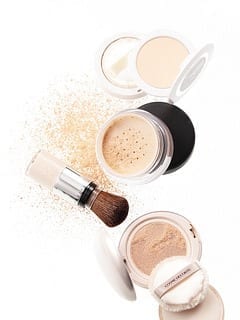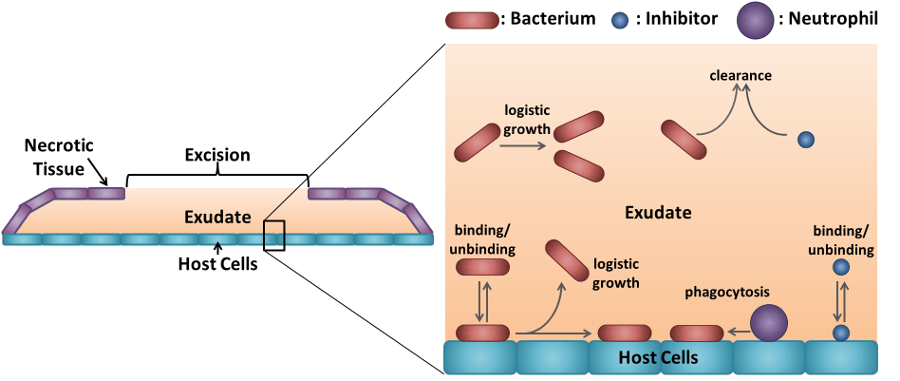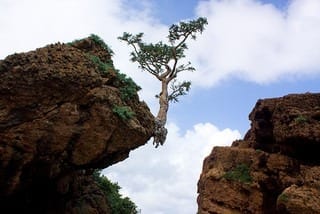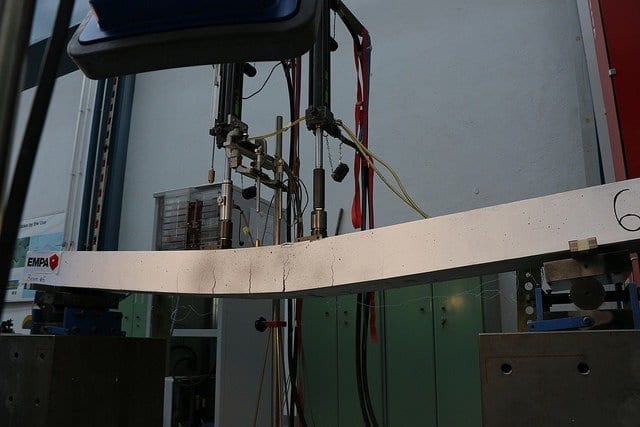
Tiny “microbeads” in beauty products seemed great, until someone tried to clean them up.
Sometimes product innovation turns out beautifully. Other times, it gets messy and requires a clean up. The story of plastic microbeads in personal care products–the tiny spheres in many body washes and toothpastes that Illinois became the first state to ban last week–is an example of the latter.
Some time in the 1990s, more and more beauty and cosmetics companies realized that microbeads answered a market demand: Women wanted to have glowing, younger-looking skin, but natural exfoliants used in many products–like ground up apricot or walnut shells–irritated their face. Plastic spheres, on the other hand, could slough off dead skin and dirt without being too harsh that a customer wouldn’t want to use it every day. They also could give lotions a creamier, silkier texture and help fill in facial lines. More and more brands began new “gently scrubbing” cleansers, and today, microbeads are ubiquitous on drug store shelves, in hundreds of products.
But all of this innovation also gets washed down the drain, and that’s the problem. Because the spheres are too small to be removed in many wastewater treatment plants, they end up in the lakes, oceans, and other waterways. Instead of decomposing, they just float around, and toxins like pesticides and PCBs that already are in the water can cling to their surfaces. Eventually, the plastics can wind up in the stomachs of birds and even seafood that humans eat, though the extent that this is happening is not known.
Read more . . .
The Latest on: Microbeads
[google_news title=”” keyword=”Microbeads” num_posts=”10″ blurb_length=”0″ show_thumb=”left”]
via Google News
The Latest on: Microbeads
- Skincare fans can get free Elemis moisturiser worth £95 with bride-to-be beauty bundleon May 9, 2024 at 2:25 am
The edit features three full-sized Elemis products to help get your skin in check before the big day, along with some gorgeous lifestyle products from Gigi and Olive worth more than £260 ...
- Tiny tenacious robots snatch bacteria and microplastics out of the wateron May 8, 2024 at 1:57 pm
Scientists have developed tiny "robots" which appear to be very effective at removing microplastics pollution from water. What's more, the little bots also target the harmful bacteria that often hitch ...
- Shania Twain's divisive beauty regime uses two ingredients you'll find in your kitchen — but this expert is advising against iton May 8, 2024 at 8:34 am
"I Feel Like A Woman" singer Shania Twain revealed her homemade cleansing method - but Dr Stephen Humble has expressed his concerns ...
- 12 details you missed during this year's Met Galaon May 7, 2024 at 5:40 am
Reawakening Fashion" Met Gala. Here are the shocking details you missed on stars like Zendaya and Doja Cat.
- Met Gala blooms with Zendaya, Jennifer Lopez, Mindy Kaling among standout stars. See all the lookson May 7, 2024 at 4:30 am
Fashion’s most extravagant night did not disappoint, with a palooza of A-list celebrities descending on New York’s Metropolitan Museum of Art. See the looks here.
- Met Gala in full bloom with Zendaya, Jennifer Lopez among the standout starson May 6, 2024 at 8:05 pm
Monday's Met Gala featured a garden green-tinged carpet and a palooza of A-list celebrities from film, fashion, music, sports, politics and social media.
- Gigi Hadid Walks the 2024 Met Gala Red Carpet Sans Boyfriend Bradley Cooperon May 6, 2024 at 4:45 pm
Monday’s appearance at the Met Gala comes weeks after Hadid and boyfriend Bradley Cooper went on a romantic vacation to Carmel-by-the-Sea, California alongside best friend Taylor Swift and the ...
- Met Gala in full bloom with Zendaya, Jennifer Lopez, Mindy Kaling among the standout starson May 6, 2024 at 10:20 am
her white look was adorned with 2.8 million microbeads with yellow flowers and green thorns. She was high glam in a wavy bob and crimson lips. If there’s a queen of the Met Gala besides the evening’s ...
- 'Everywhere we looked, we found evidence': Microplastics expert on 20 years of pollution researchon May 6, 2024 at 9:14 am
Thirty years ago, while counting barnacles, limpets and seaweeds along rocky shores, I started noticing a daily tide of litter, mostly plastic. As a marine biology Ph.D. student at Liverpool ...
- You Can't Totally Avoid Microplastics, But These 7 Things Can Helpon April 5, 2024 at 1:16 am
Pay attention to microbeads in personal care items. Plastic microbeads, which are associated with personal care products including body scrubs and toothpaste, are another item you should try to ...
via Bing News










